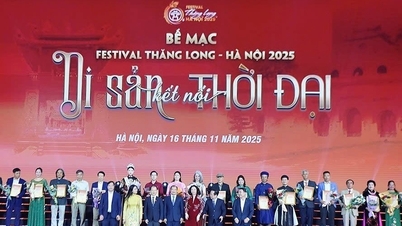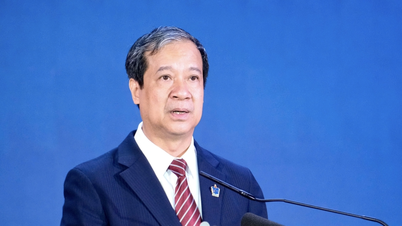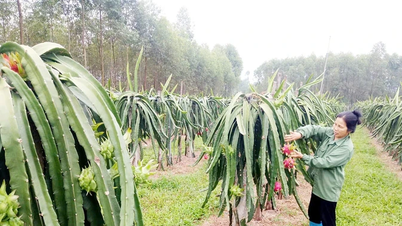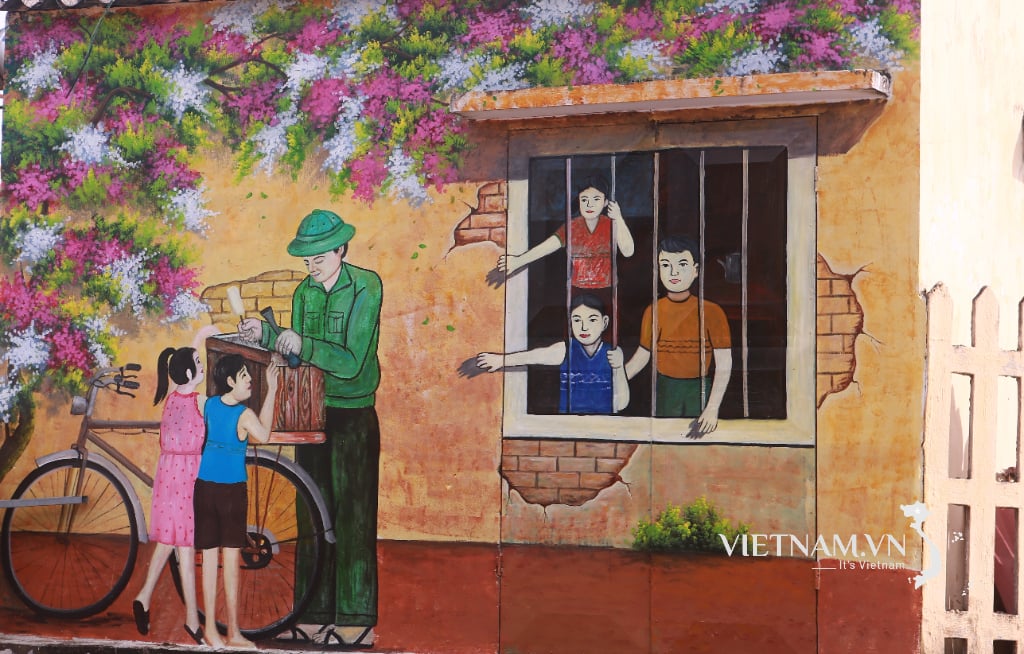Intangible assets become the “soft power” of the economy
According to legal experts and business representatives, Vietnam is facing a great opportunity to transform its growth model based on innovation. Resolution 68-NQ/TW for the first time identifies “intangible assets” as a key resource and requires full institutionalization of ownership, disposal rights and the ability to finance this type of asset. However, the gap between policy and reality is still significant.
Lawyer Truong Anh Tu, Chairman of TAT Law Firm, said that the main reason why intangible assets have not become a real “gold mine” of the economy is because the institutions are not strong enough for intellectual assets to be valued, traded, mortgaged and become assets accepted by banks. “We do not lack ideas, but we lack a mechanism to turn ideas into economic value,” he emphasized.
Many experts added that the legal framework for intangible assets is gradually being improved, from the 2015 Civil Code, the 2022 amended Intellectual Property Law, the Decree on Personal Data, to the Digital Technology Industry Law – the first document that recognizes crypto as a digital asset. However, the biggest problem remains enforcement and the ability to operate smoothly in the digital environment.

Overview of the Workshop Forum "Institutionalizing innovation - Protecting intangible assets in the spirit of Resolution 68-NQ/TW"
Despite the attention, intangible assets in Vietnam are still a potential but vulnerable area. The high rate of software copyright infringement, high data compliance costs for startups, lack of high-quality intellectual property experts, or “legal gray areas” related to digital assets cause many difficulties for businesses.
The story of Binh Minh Plastics Joint Stock Company is a typical example. This nearly 50-year-old brand has been continuously copied, from “similar” brands to direct use of the Binh Minh logo with a few additional words behind. Slow handling and insufficient sanctions have forced businesses to repeatedly prove their rights. “If the system is strong and enforcement is strong, businesses will not have to explain their honor,” the company representative shared.
According to Lawyer Mai Thi Thao (TAT Law Firm), trademark disputes in Vietnam are not uncommon: ST25 rice, Long Hai Company, Binh Minh Plastics… are all cases that have lasted for many years. “Small and medium-sized enterprises – accounting for 95% of all enterprises – are the weakest group because they do not have enough resources to pursue lawsuits to protect their rights,” she said.
Building an ecosystem to protect innovation: we cannot delay any longer
From “intangible assets” to “national assets”, experts believe that Vietnam can only turn this special resource into a driving force for development when it is determined to institutionalize it synchronously in four aspects. First of all, it is necessary to recognize intangible assets as a type of asset that can be financialized, accounted for, contributed as capital, mortgaged and accepted by banks. At the same time, build a market for intellectual property valuation and trading with components such as a national valuation center, IP trading floor and intellectual property-based investment fund to overcome the lack of valuation standards. Along with that, perfect the mechanism for protecting intellectual property rights through specialized courts, transparent enforcement mechanisms and strong enough sanctions to ensure the legitimate interests of creative entities; and finally, reduce legal compliance costs, especially in the fields of digital data, AI, blockchain, and develop a high-quality human resource team in intellectual property and digital assets.
Experts warn that the pace of business innovation is outpacing the current legal framework. This gap causes businesses to miss out on development opportunities and miss the integration beat.
“A brand is the crown of a business. Losing a brand means losing the market,” said Ms. Mai Thi Thao. Therefore, in addition to perfecting institutions, Vietnam needs to build a culture of respecting intellectual property, where consumers participate in protecting Vietnamese brands.
A strong institution, an effective protection system and a transparent intangible asset market will be the key for Vietnamese enterprises to confidently rise up in the era of knowledge economy.
Source: https://mst.gov.vn/hoan-thien-the-che-de-bao-ve-tai-san-vo-hinh-tru-cot-song-con-cua-doanh-nghiep-197251116161546806.htm







































































































Comment (0)